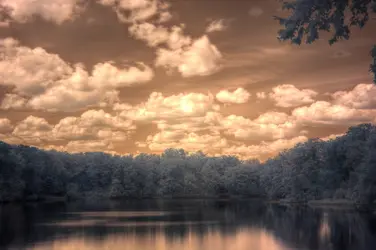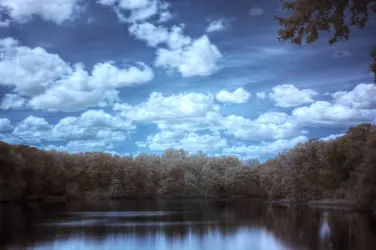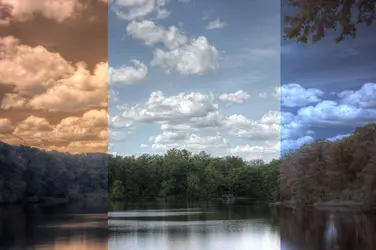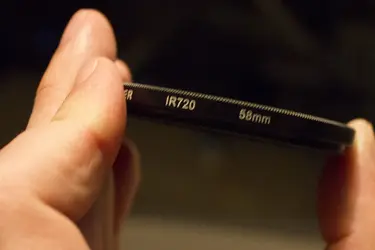Bynx
No longer a newbie, moving up!
- Joined
- Feb 8, 2008
- Messages
- 2,801
- Reaction score
- 365
- Location
- Just outside Toronto Canada
- Can others edit my Photos
- Photos OK to edit
- Banned
- #16
I agree with you that the pic looks better without that patch. But Im not sure what you are trying to achieve. This might be a fantastic image from the method you are trying. But for an image Id like to look at, not so much. I kinda like your lake scene. Looks like late autumn that had no wind to blow the leaves off the trees. Another shot while still on the tripod without the IR filter might have been good. Then you'd have a summer, fall comparison look













![[No title]](/data/xfmg/thumbnail/31/31758-546fe80b548bda08983001811ab5be60.jpg?1734160480)




![[No title]](/data/xfmg/thumbnail/37/37115-e2d49d984453c62a2a20cf741e3d6679.jpg?1734169831)
